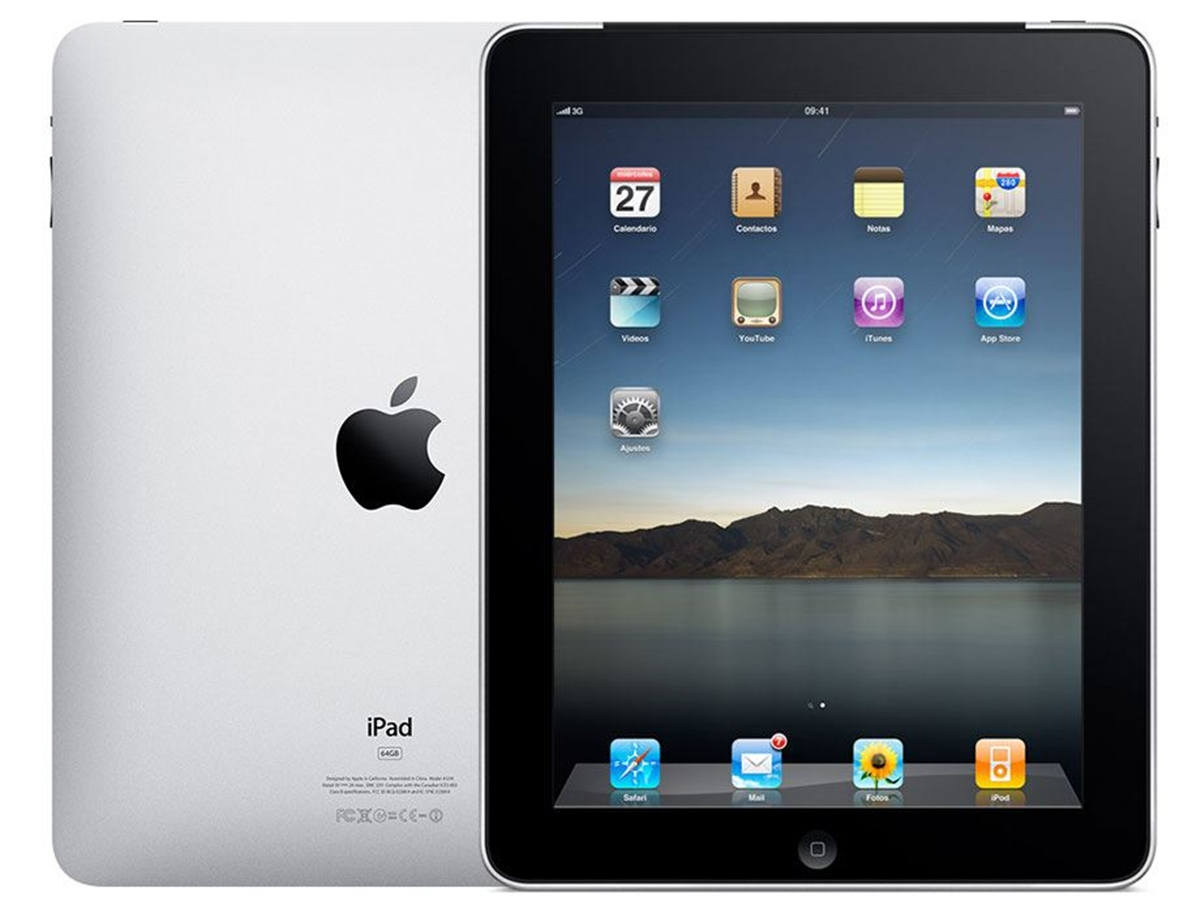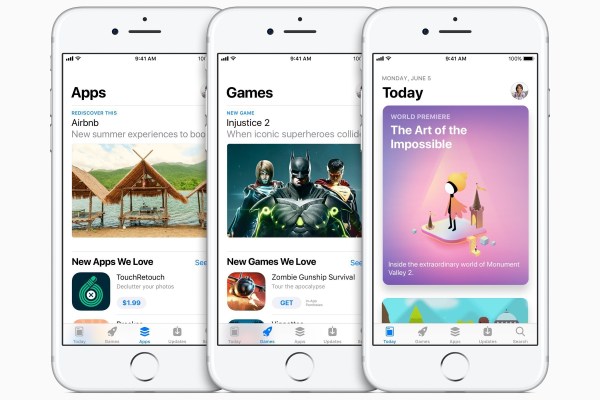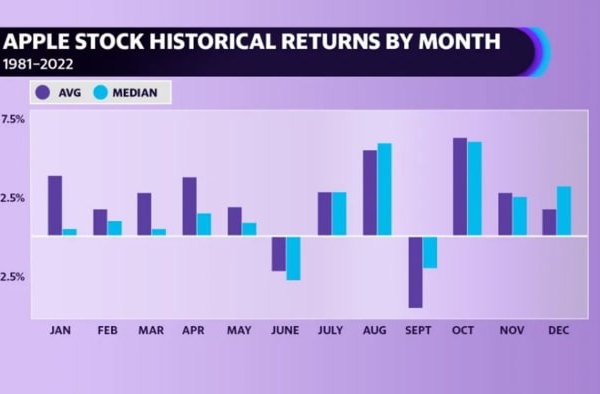
On April 3, 2010, the first iPad made its highly anticipated debut, marking a significant milestone in Apple’s illustrious history. This new tablet, touted by CEO Steve Jobs as “magical and revolutionary,” quickly captured the hearts of consumers eager for a larger, more versatile device. With its spectacular 9.7-inch touchscreen and the powerful Apple A4 processor, the first iPad was designed for an array of uses, from watching movies to reading e-books. The release date was eagerly awaited, and in just under a month, the iPad sales success was evident as Apple sold a staggering one million units and changed the landscape of personal technology forever. By establishing itself as the first tablet by Apple, the iPad not only redefined consumer expectations but also set the stage for future innovations from the tech giant.
The groundbreaking launch of Apple’s initial tablet device, heralded as the first in a new category of mobile computing, transformed how users interacted with technology. Known as the iPad, this innovative gadget arrived on the market with features designed to enhance the digital experience, from streaming video content to reading articles. The excitement surrounding its release can be traced back to the unveiling at the start of 2010, where many anticipated the features and applications that would follow. Early critiques of the tablet’s capabilities highlighted the ongoing skepticism in tech circles, despite the overwhelming consumer demand. Ultimately, this pioneering product not only drove sales but also influenced the evolution of future Apple devices, solidifying its position in tech history.
The Launch of the First iPad: A Revolutionary Moment in Technology
The first iPad was officially released on April 3, 2010, marking a pivotal moment in technological history. Apple fans and tech enthusiasts had eagerly awaited this day, especially after the highly publicized unveiling on January 27, 2010. With its unique design and robust features, the iPad was positioned to change how users interacted with digital content. Steve Jobs, the mastermind behind Apple, referred to the iPad as ‘magical and revolutionary’—a phrase that encapsulated the excitement surrounding its release. Despite initial skepticism from some critics, the launch day witnessed a phenomenal response, with consumers lining up to get their hands on Apple’s first tablet.
Considering the hype surrounding its release, the first iPad exceeded all expectations, as reflected in its immediate sales success. The device’s ability to cater to multiple functions—from reading and watching movies to handling emails—made it a desirable addition to the tech-savvy user’s toolkit. It was clear that the iPad was not just a novelty; it was a game changer in creating a new tablet category that combined the functionalities of a laptop and a smartphone.
The iPad’s launch day sales reached an astonishing 300,000 units, and within a month, that number soared to one million. This overwhelming demand was fueled by the tablet’s unique features and Apple’s innovative ecosystem that allowed easy access to applications and media. Even though the first iPad lacked a camera—something that later models included—the device’s sleek design and user-friendly interface made it a hit among consumers. The impressive sales figures during its first year demonstrated a clear market hunger for the device, establishing the iPad as one of the most successful product launches in Apple’s illustrious history.
Key Features that Set the First iPad Apart
The first iPad introduced several features that became benchmarks for future tablets. Sporting a 9.7-inch multitouch display, the iPad offered a much larger screen than typical smartphones, making it ideal for tasks such as reading e-books, browsing the internet, and enjoying multimedia content. Powered by a 1GHz Apple A4 processor, the device provided smooth performance, allowing users to seamlessly switch between applications. The iPad also offered a range of storage options, from 16GB to 64GB, accommodating varying user needs and preferences. It was engineered to focus on consumption—whether it was reading a novel, enjoying films, or listening to music—marking a shift in how consumers interacted with digital content.
Despite the absence of a camera, which some critiques considered a downside, the iPad delivered a pleasurable user experience that resonated with those seeking an accessible yet powerful device. Many users found themselves gravitating towards the iPad for activities they would traditionally conduct on a laptop, revealing a significant shift in consumer behavior. As commentators noted, the iPad had implications beyond mere functionality; it transformed the landscape of personal computing and laid the groundwork for the widespread adoption of tablet devices.
With its extensive application ecosystem, the first iPad allowed users to download apps tailored to diverse needs—be it productivity, entertainment, or education. This varied app offerings ran the gamut from games to productivity suites, enhancing the device’s appeal to various demographics. It was this combination of innovative design and a rich feature set that established the iPad as not only the first tablet of its kind but also a blueprint for future models—both by Apple and other manufacturers. The successful debut of the iPad set a precedent that reinforced Apple’s dominance in the consumer technology market.
The First iPad and Its Impact on Apple’s Sales Success
The introduction of the first iPad on April 3, 2010, was a defining moment for Apple, inciting unprecedented sales that would shape the company’s future. Within just a month, Apple reported that it had sold over one million units, establishing a strong foothold in the burgeoning tablet market. This remarkable achievement underscored the iPad’s immediate popularity and consumer acceptance, serving as a powerful statement about the demand for versatile and portable computing devices. Apple’s strategic marketing and Steve Jobs’ effective presentation during the product launch cultivated significant anticipation, making the iPad a must-have gadget of its time.
By the end of its first year, Apple had sold approximately 25 million iPads, a staggering figure that not only made it the most successful new product category launch but also reinforced Apple’s reputation for innovation. The iPad’s sales success contributed significantly to Apple’s overall financial growth, showcasing its ability to tap into a new market segment. With features designed to enhance user experiences, the iPad’s launch marked a critical evolution in how technology was utilized in everyday life.
As Apple continued to innovate and expand the iPad range with subsequent models and improvements, the original iPad laid the foundation for what would become a global phenomenon. The strong sales metrics not only highlighted the immediate impact of the first iPad but also indicated a long-term trend toward increased tablet usage across various demographics. The strategy of integrating high-quality hardware with a versatile software ecosystem allowed Apple to dominate the market and capitalize on the shifting landscape of personal computing. Thus, the iPad’s debut is not only a reflection of Apple’s marketing prowess but also an example of how consumer preferences evolved to favor more portable and intuitive devices.
Consumer Reception of Apple’s First Tablet
The consumer reception of the first iPad was overwhelmingly positive right from its release. Initial skepticism from certain tech critics quickly dissipated as users began to experience the device firsthand. Reviewers like Walt Mossberg from All Things D lauded the iPad as ‘a pleasure to use,’ noting that its intuitive interface significantly reduced the desire for a traditional laptop. This sentiment was echoed by other reviewers who highlighted the iPad’s simplicity, enabling users to navigate through applications with ease. The iPad was embraced by varied audiences, including casual media consumers, students, and even professionals who appreciated its flexibility in handling numerous tasks without the bulk of a laptop.
The engaging design and functionality of the first iPad also contributed to heightened consumer interest. Many individuals discovered that the iPad made accessing content more enjoyable and immersive, particularly when it came to reading books and streaming videos. This positive user experience was key to creating a loyal customer base that would eagerly anticipate future releases from Apple, effectively shaping the iPad brand into a household name in the tech industry.
However, the initial criticism—mostly from individuals who had not used the product—provoked a divided opinion about the device’s capabilities. While some labeled it merely a larger version of the iPod Touch, Apple proved through the sales numbers that the public saw a unique value proposition in the tablet format. As the iPad amassed raving reviews post-launch, it became clear that consumers were eager for a device that blended portability with the functionality of desktop computing. This response not only validated Apple’s vision but also set the stage for an ongoing evolution of tablets within the technology sphere.
A Brief History of Apple and Its First Tablet
Apple’s evolution into a leading tech company is intrinsically linked to the release of its first tablet, the iPad. Before its debut, Apple had already revolutionized the smartphone market with the iPhone in 2007; however, the introduction of the iPad on April 3, 2010, marked a significant diversification in its product lineup. The development of the iPad was preceded by numerous rumors and speculation about Apple’s plans to enter the tablet market. When Steve Jobs finally introduced the device, it was presented as more than just a larger iPod Touch, aiming to fill a distinct niche as a hybrid device that could suit various functions—media consumption, light productivity, and gaming.
Throughout its history, Apple has always emphasized user experience, and the first iPad was no exception. It combined an impressive array of hardware capabilities with the adaptability of Apple’s software ecosystem, which included the App Store and iTunes. These features reinforced Apple’s commitment to providing an all-encompassing digital lifestyle, further establishing its position in the tech industry. The iPad was not just a groundbreaking device—it was a strategic move that cemented Apple’s legacy and diversified its offerings, setting the foundation for future innovations in computing.
The first iPad’s success injected a fresh vigor into Apple’s brand and opened the door for an expansive array of new products. Its sales success reflected a strong consumer interest in portable devices that facilitated a more interactive approach to digital content consumption. Thus, the iPad played an instrumental role in developing Apple’s identity as an innovator in technology. Moving forward from the first release, Apple capitalized on this success, launching several follow-up models that continued to push the boundaries of the tablet experience. In this way, the iPad can be seen as a key milestone in not only Apple’s history but also in the broader narrative of personal technology.
Future Innovations Inspired by the First iPad
The release of the first iPad in 2010 set in motion a wave of technological advancements that would influence the evolution of tablets and portable computing devices for years to come. Boasting a perfect blend of utility and design, it inspired other manufacturers to develop their tablets in response to the explosive success seen by Apple. Not only did the iPad redefine what users expected from a tablet, but it also created an entirely new market segment that emphasized versatility and mobility. As competitors rushed to capitalize on the new trend, tablet features began evolving to incorporate cellular connectivity, high-definition displays, multiple cameras, and support for stylus input—as seen in devices like the Microsoft Surface and Samsung Galaxy Tab series.
Following the initial iPad’s footprint, Apple continued to innovate, introducing subsequent models that greatly enhanced the original features—such as the iPad Pro, which offered advanced performance and support for professional-grade applications. Moreover, innovations like the Smart Keyboard and Apple Pencil were directly inspired by the aims of creating a more productive and efficient tablet experience. The impact of the first iPad resonates today as we witness ongoing developments in tablet technologies that prioritize seamless user experience.
In addition to inspiring rival companies, the first iPad encourages software developers to adapt their applications for tablet interface, which has dramatically altered how people create and consume content. The introduction of numerous iPad-specific applications transformed the accessibility of art, education, and gaming for various user demographics. As the tablet landscape continues to evolve, the emphasis on touch interfaces and app integration introduced by the first iPad remains pivotal in shaping consumer expectations. The innovations prompted by its release and the subsequent development of tablets establish a direct lineage to the devices we use today, highlighting the far-reaching impact of Apple’s first tablet on the entire technology sector.
Frequently Asked Questions
What was the release date of the first iPad?
The first iPad was released on April 3, 2010, after much anticipation following its unveiling by Apple on January 27, 2010.
What are the key features of the first iPad?
The first iPad showcased a 9.7-inch multitouch display, a 1GHz Apple A4 processor, and storage options ranging from 16GB to 64GB. It was designed for content consumption, including watching movies, reading books, and browsing the web.
How successful was the first tablet by Apple in terms of sales?
The first iPad achieved remarkable sales success, selling 300,000 units on its launch day and reaching one million units within less than a month. Apple sold approximately 25 million iPads within its first year, marking it as the most successful new product launch in the company’s history.
What impact did the first iPad have on Apple’s product line?
The launch of the first iPad on April 3, 2010, not only expanded Apple’s product line but also established a new category of mobile devices, solidifying Apple’s position in the technology market.
How did critics and users respond to the first iPad?
Initially, the first iPad faced skepticism from critics. However, after hands-on reviews, many praised its usability. Notable reviewers cited it as pleasurable to use and suitable for tasks typically done on a laptop.
When did the international debut of the iPad occur?
The international debut of the first iPad took place in May 2010, following its initial release in the United States on April 3, 2010.
What was the initial public perception of the iPad features?
Upon announcement, some saw the iPad as a giant iPod Touch, raising doubts about its functionality. However, the device quickly gained positive reviews once it was tested in real-world use.
What technological advances did the first iPad introduce for Apple?
The first iPad represented Apple’s first venture into tablet computing, bringing advanced multitouch technology and a dedicated tablet OS designed for larger screens, changing the way users interacted with their devices.
What was the significance of the first iPad in Apple’s history?
The significant sales success and positive reception of the first iPad marked it as a groundbreaking product that set the stage for future generations of tablets and solidified Apple’s dominance in the tech industry.
Did the first iPad include a camera?
No, the first iPad did not include a camera, which was a point of contention among some early critics who expected more from the device.
| Key Point | Details |
|---|---|
| Launch Date | April 3, 2010 – The first iPad was introduced after significant anticipation. |
| Features | 9.7-inch multitouch display, 1GHz Apple A4 processor, storage options from 16GB to 64GB, no camera. |
| Reactions | Mixed reviews prior to release but became popular post-launch with strong endorsements from tech reviewers. |
| Sales Figures | Sold 300,000 units on launch day, achieved one million sales within the first month, 25 million in the first year. |
Summary
The first iPad helped to redefine personal computing, marking a pivotal moment in the tablet market. Released on April 3, 2010, the first iPad not only set sales records but also influenced the way users interacted with technology, paving the way for future innovations in the industry. With its intuitive design and portable format, the iPad quickly became a must-have device, proving its capabilities far beyond initial skepticism.
You may also like

iOS App Store Success: A Milestone in Digital Distribution


First Email from Space: The Macintosh Portable’s Legacy
Archives
Calendar
| M | T | W | T | F | S | S |
|---|---|---|---|---|---|---|
| 1 | 2 | |||||
| 3 | 4 | 5 | 6 | 7 | 8 | 9 |
| 10 | 11 | 12 | 13 | 14 | 15 | 16 |
| 17 | 18 | 19 | 20 | 21 | 22 | 23 |
| 24 | 25 | 26 | 27 | 28 | 29 | 30 |